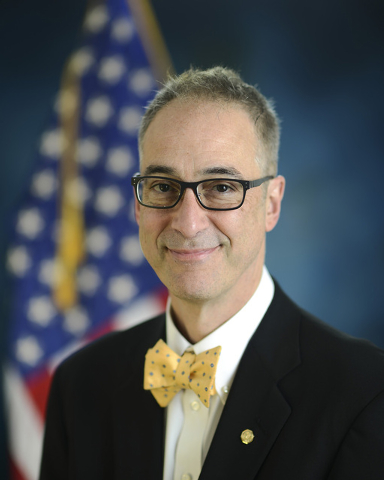Medicare can help with hospice care
Coping with terminal illness can be difficult, for the patient as well as his or her loved ones.
That’s why I want to pass along some information about Medicare’s coverage of hospice care.
Hospice is a program of care and support for people who are terminally ill. The focus is on comfort, not on curing illness. Hospice is intended to help people who are terminally ill live comfortably.
If you qualify for Medicare’s hospice benefit, you’ll have a specially trained team and support staff to help you and your family deal with your illness.
You and your family members are the most important part of the team. Your team may also include doctors, nurses, counselors, social workers, physical and occupational therapists, speech-language pathologists, hospice aides and homemakers.
The hospice team provides care for the whole person. That includes his or her physical, emotional and social needs. Hospice services are generally provided in the home and may include physical care, counseling, drugs and medical equipment and supplies for the terminal illness plus any related conditions.
Your regular doctor or a nurse practitioner also can be part of your team to supervise your care.
Who’s eligible for Medicare-covered hospice services? You have to meet several conditions.
For one, you must be eligible for Medicare Part A, which is hospital insurance. Also, your doctor and the hospice medical director must certify that you’re terminally ill and have six months or less to live, if your illness runs its normal course.
You have to sign a statement choosing hospice care instead of other Medicare-covered benefits to treat your terminal illness. (Medicare will still pay for covered benefits for any health problems that aren’t related to your terminal illness.) And you must get care from a Medicare-approved hospice program.
If you qualify, your doctor and the hospice team will work with you and your family to set up a care plan that meets your needs. A hospice doctor and nurse will be on call 24 hours a day, seven days a week to give you and your family support and care when you need it.
Medicare’s hospice benefit allows you and your family to stay together in the comfort of your home unless you need care in an inpatient facility.
You have the right to stop hospice care at any time.
Medicare will pay for a one-time-only consultation with a hospice medical director or hospice doctor to discuss your care options and how to manage your pain and symptoms.
After that, Medicare covers doctor and nurse services; equipment such as wheelchairs or walkers; supplies such as bandages and catheters; drugs to control pain or other symptoms; hospice aide and homemaker services; physical and occupational therapy; and social worker services.
Medicare also covers dietary counseling; grief and loss counseling for you and your family; short-term inpatient care for pain and symptom management; and short-term respite care.
Respite care is designed to help the caregiver for a terminally person. Often a spouse or other family member becomes the caregiver, and at some point they may need a rest.
You can get respite care in a Medicare-approved hospice inpatient facility, hospital or nursing home if your caregiver needs a rest. You can stay up to five days each time. You can get respite care more than once, but it can only be provided on an occasional basis.
How much do you pay for hospice under Medicare?
There’s no deductible. You’ll pay no more than $5 for each prescription drug and similar products for pain relief and symptom control.
If you get inpatient respite care, you pay 5 percent of the Medicare-approved amount. For example, if Medicare pays $100 per day for inpatient respite care, you’ll pay $5 per day.
David Sayen is Medicare’s regional administrator for Arizona, California, Nevada, Hawaii, and the Pacific Territories. You can get answers to your Medicare questions by calling 1-800-MEDICARE (1-800-633-4227).
















